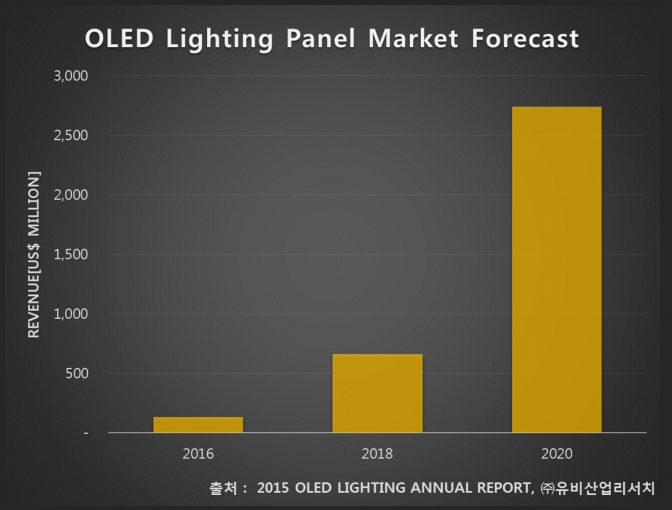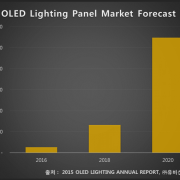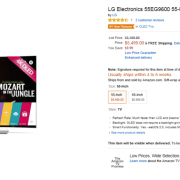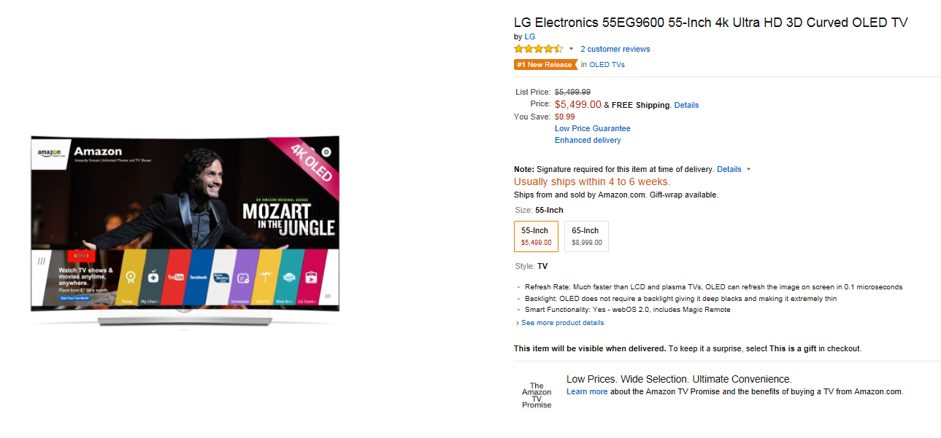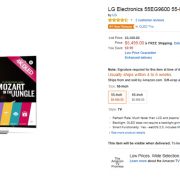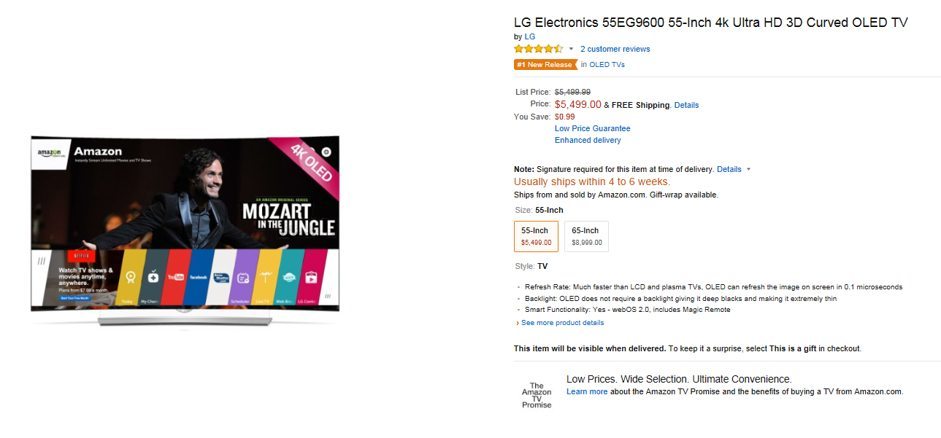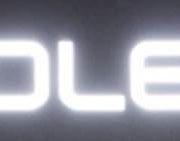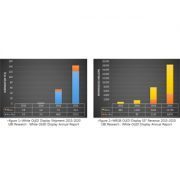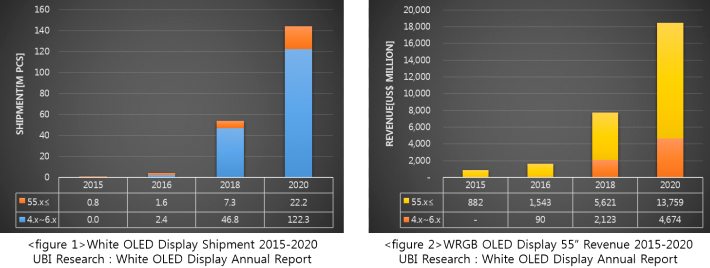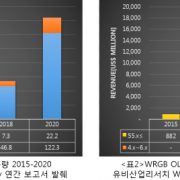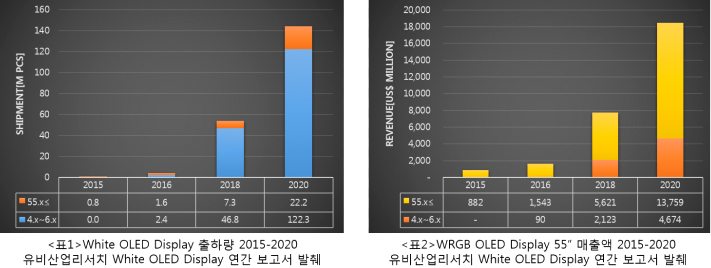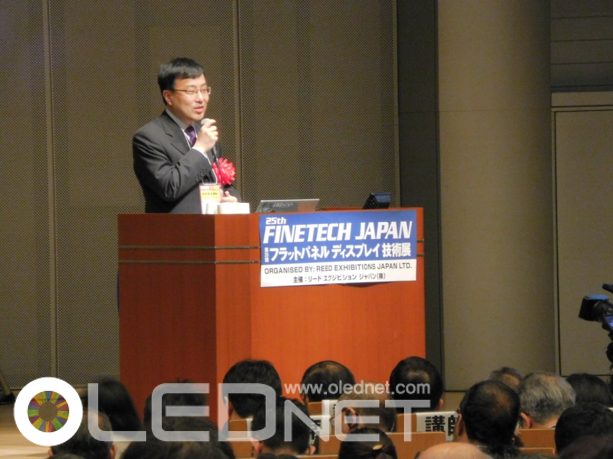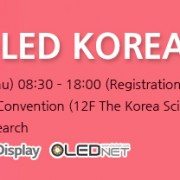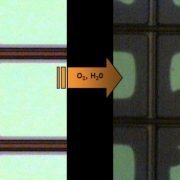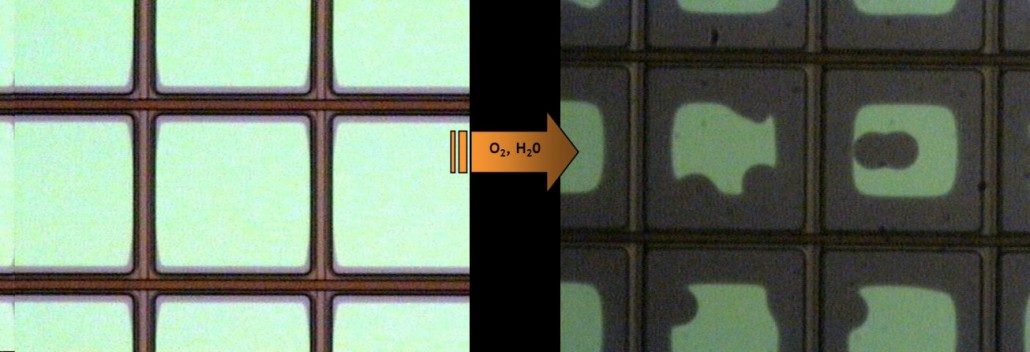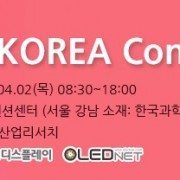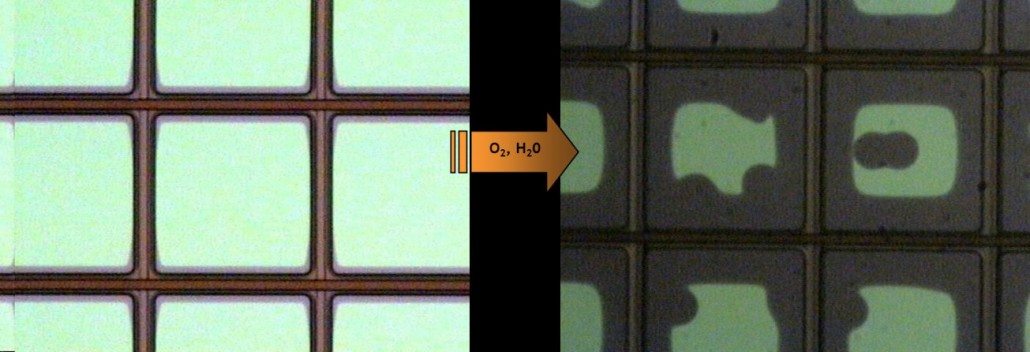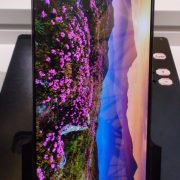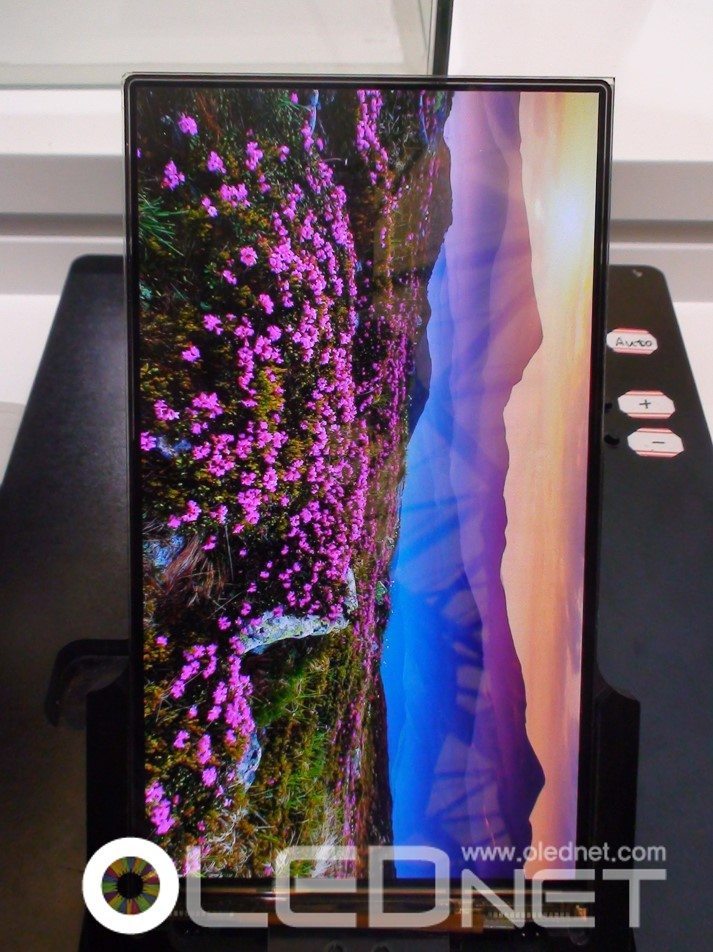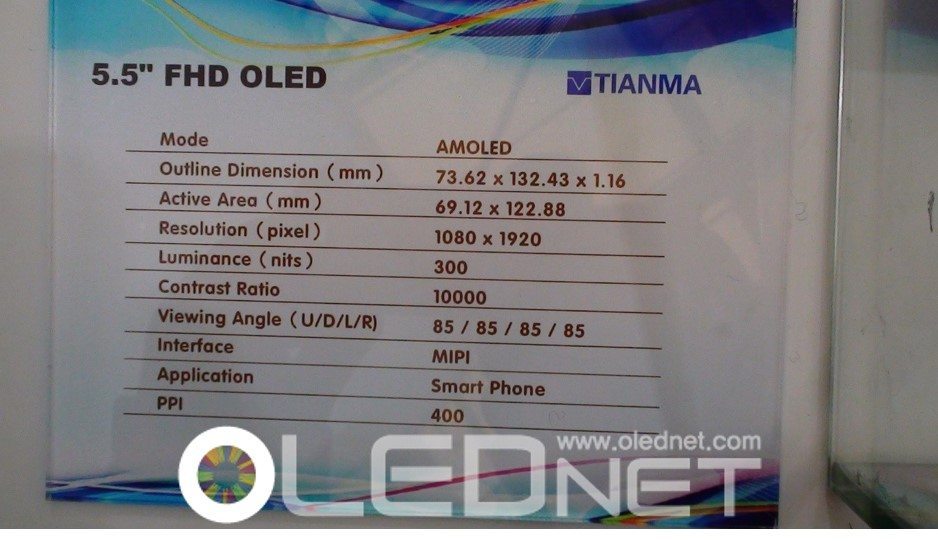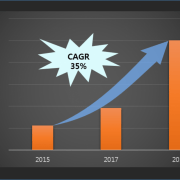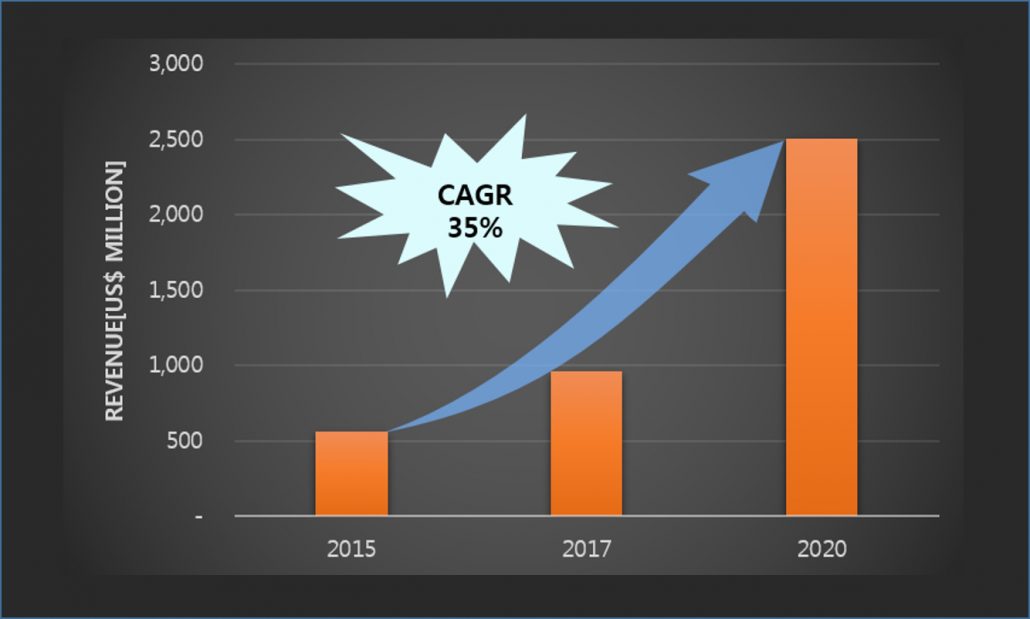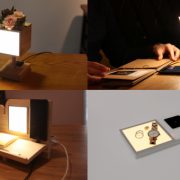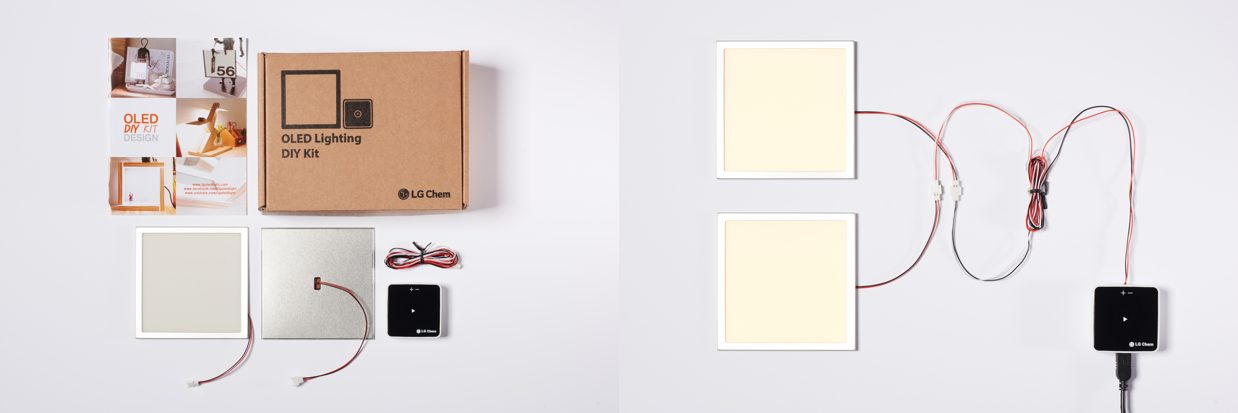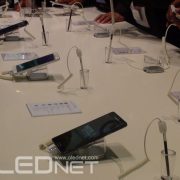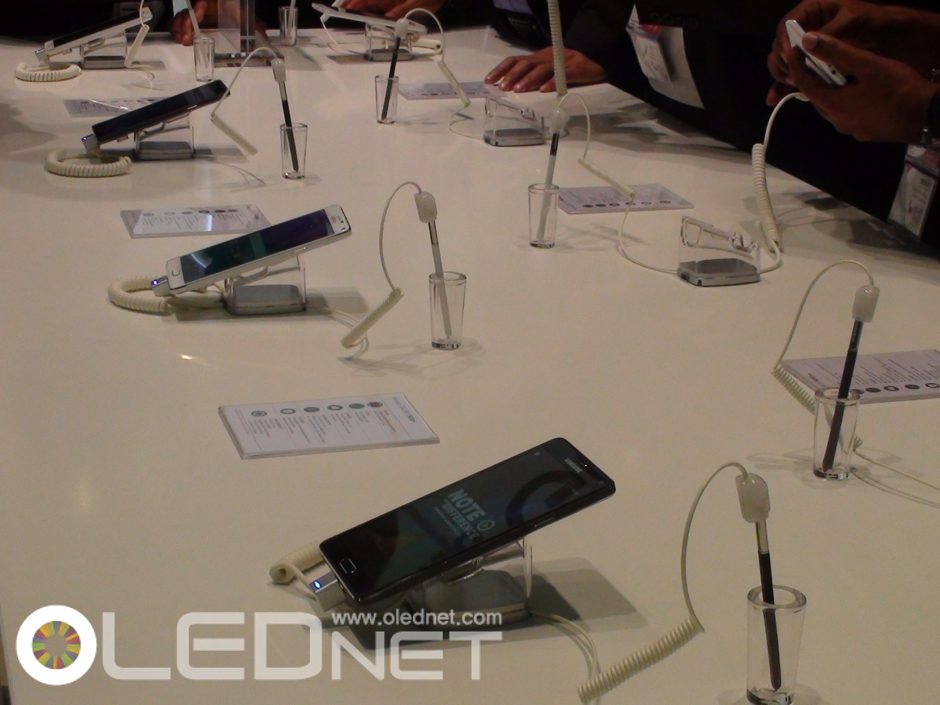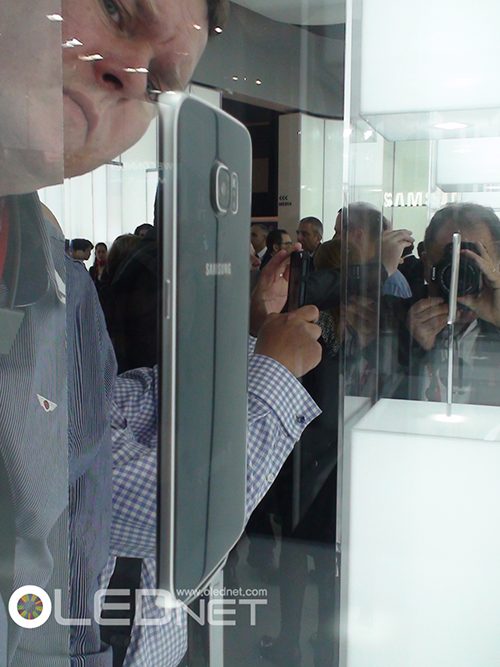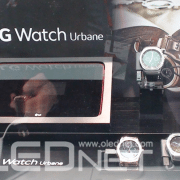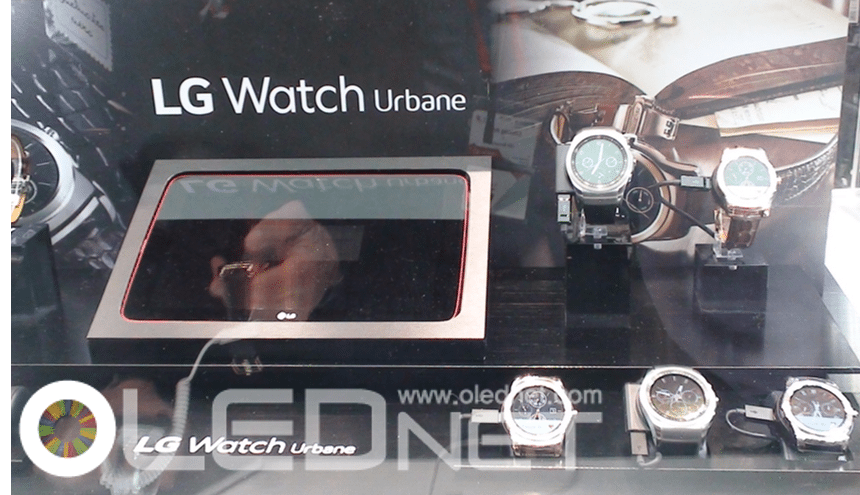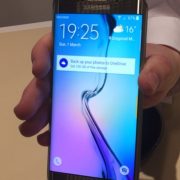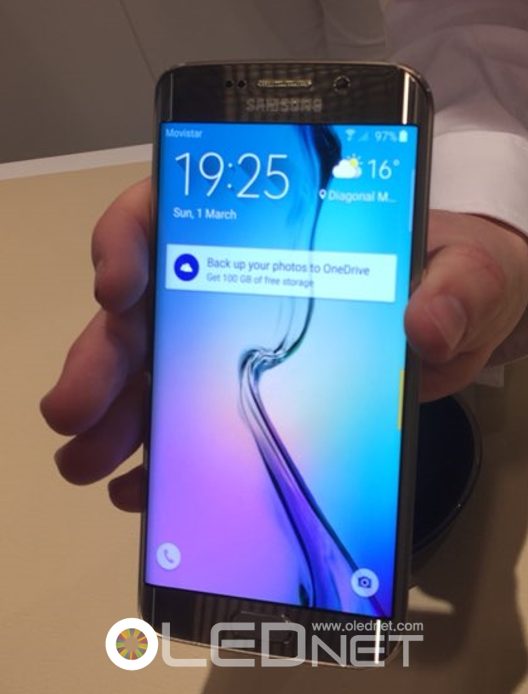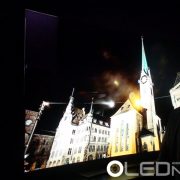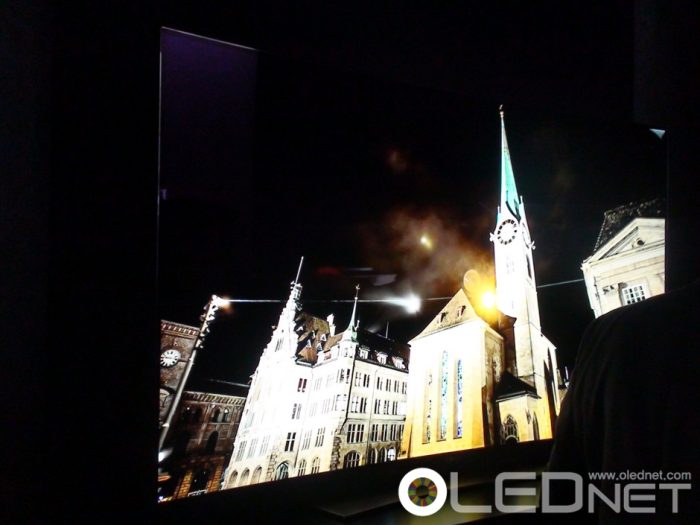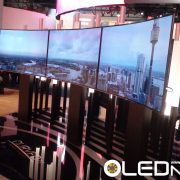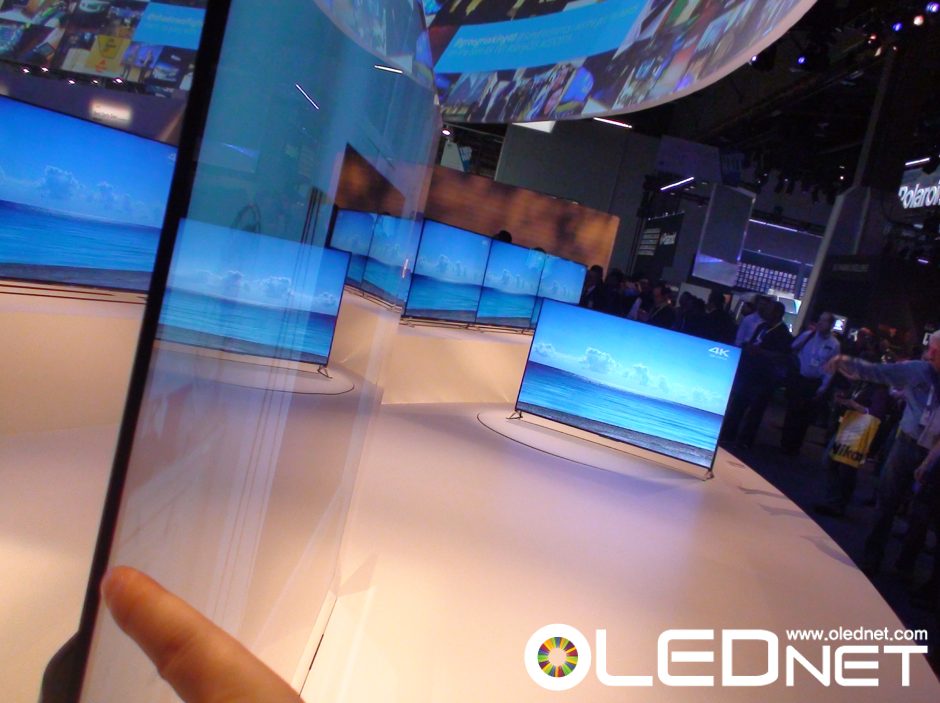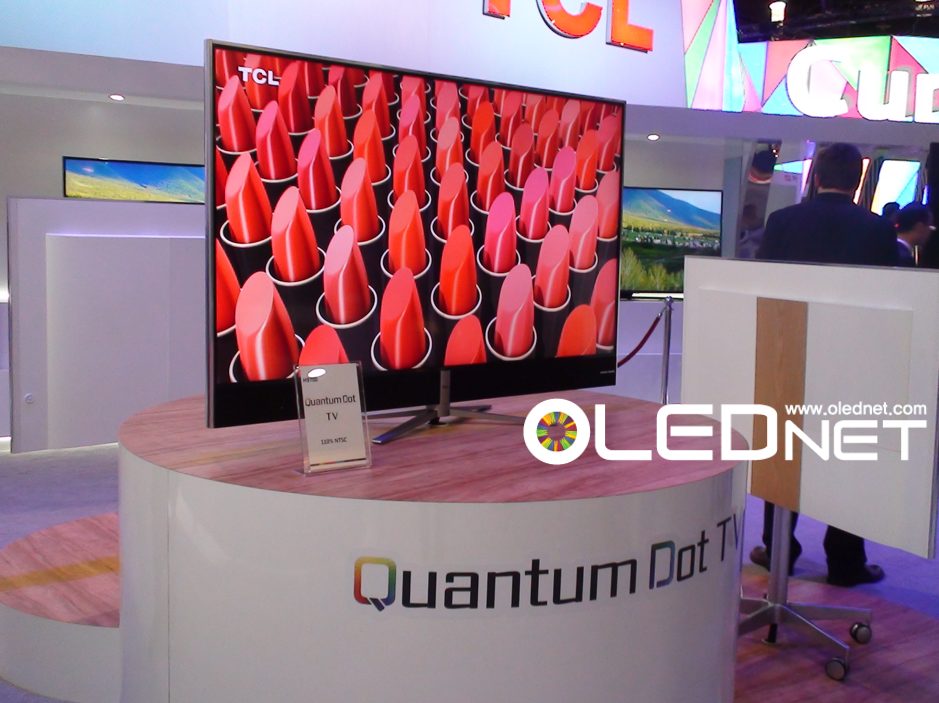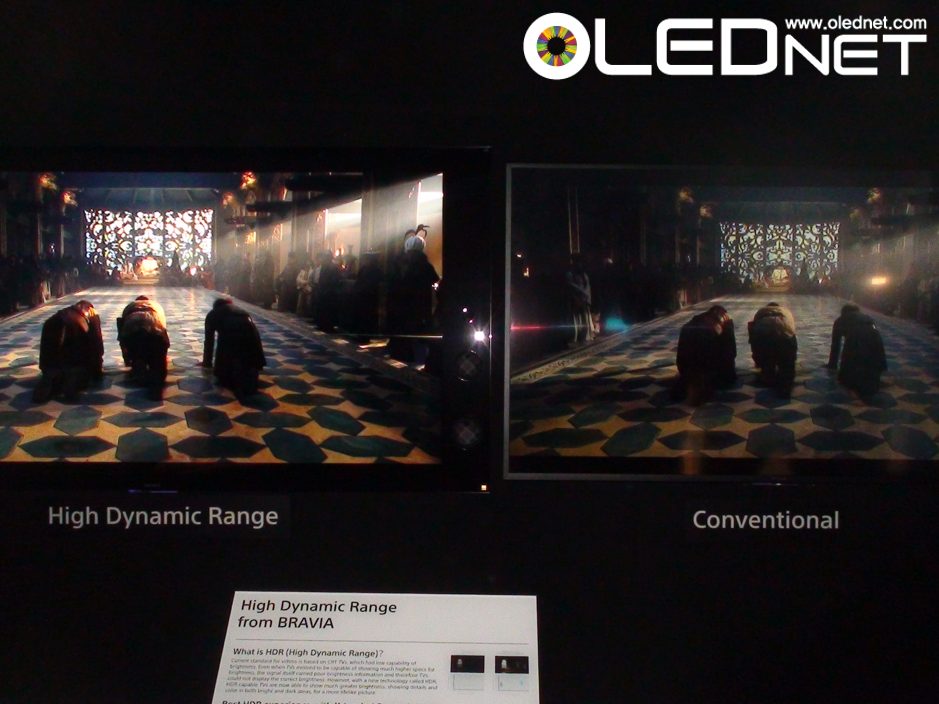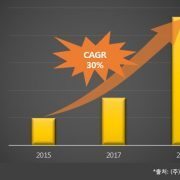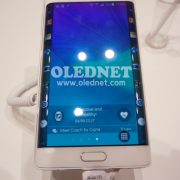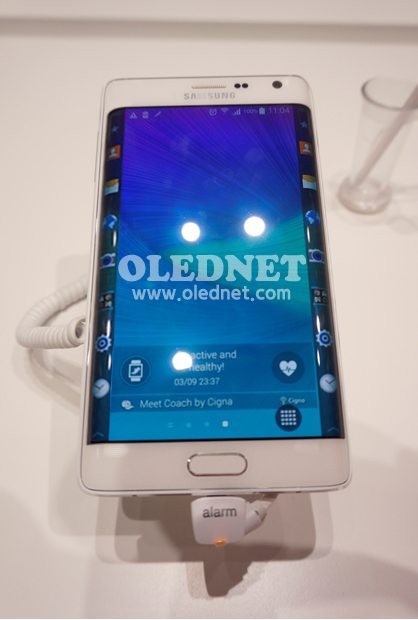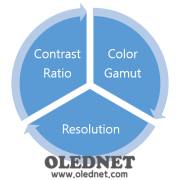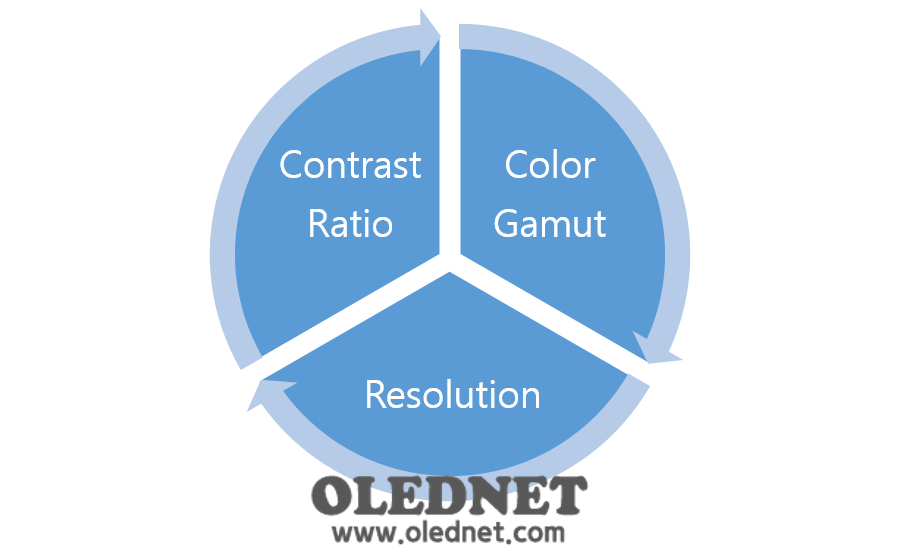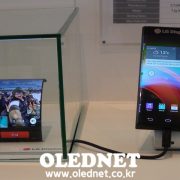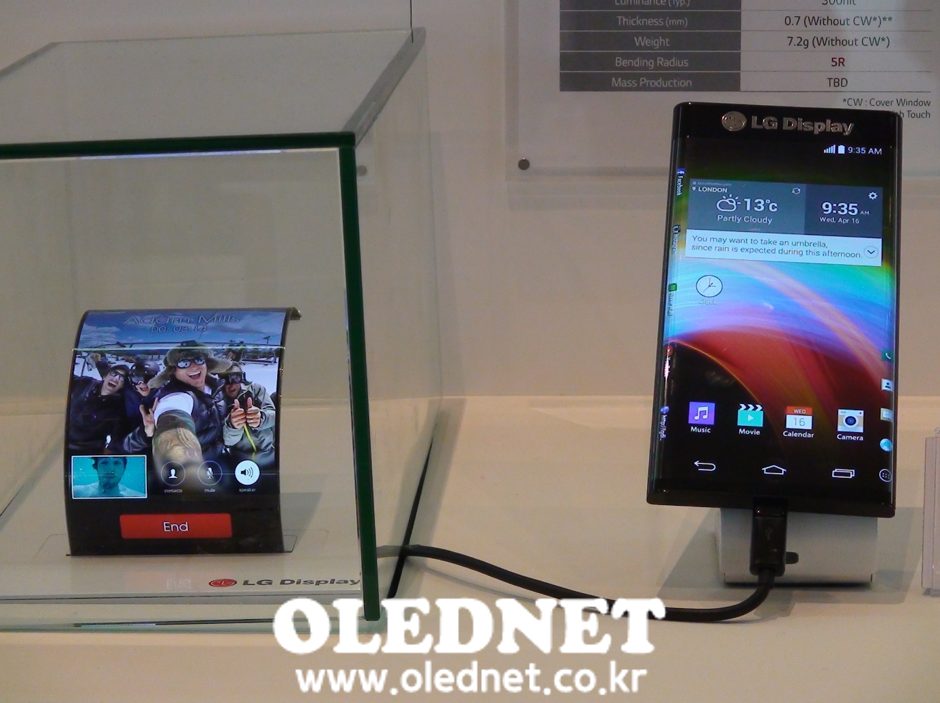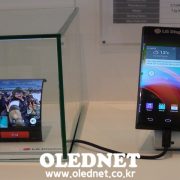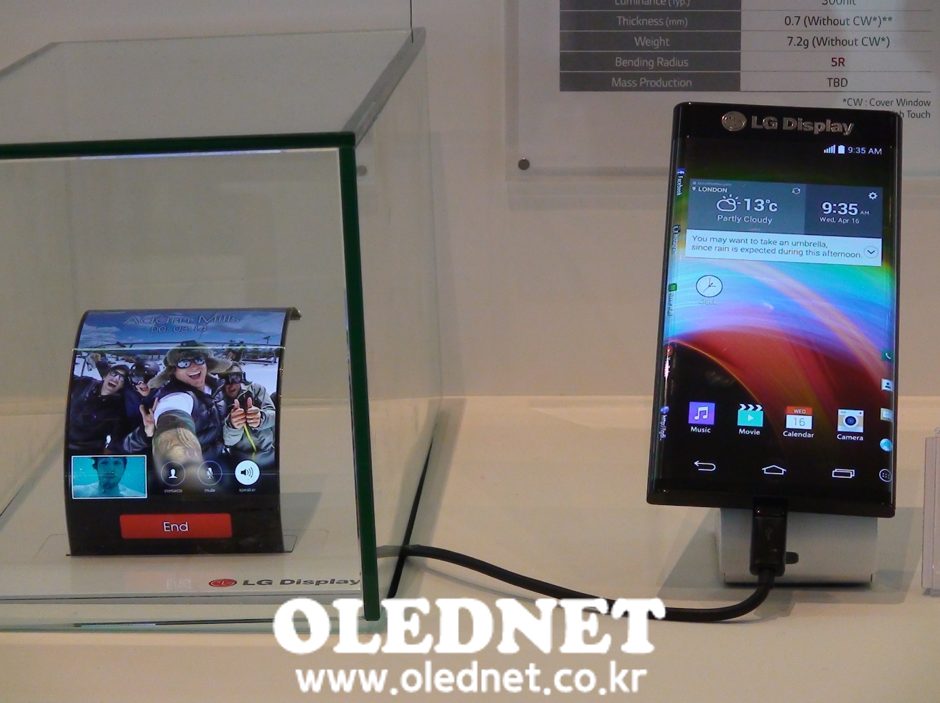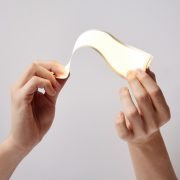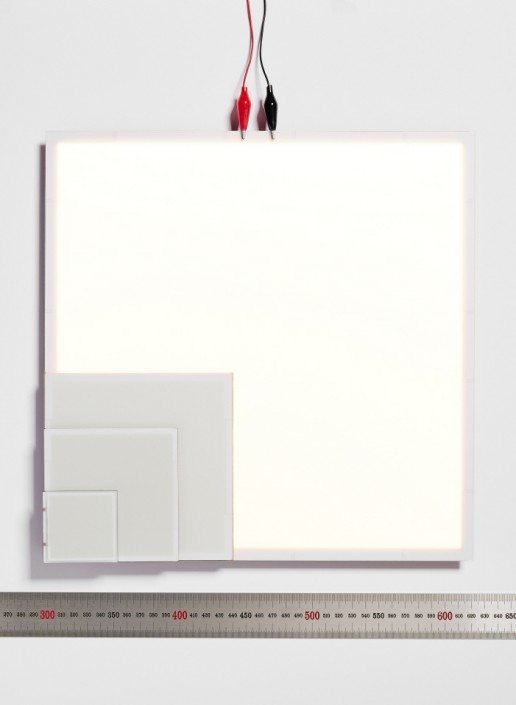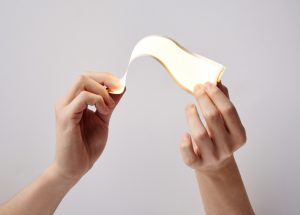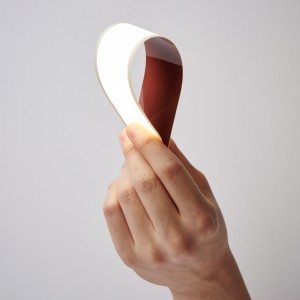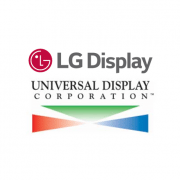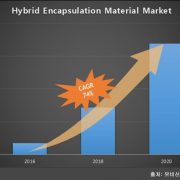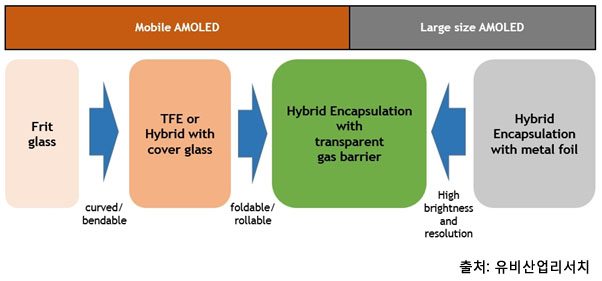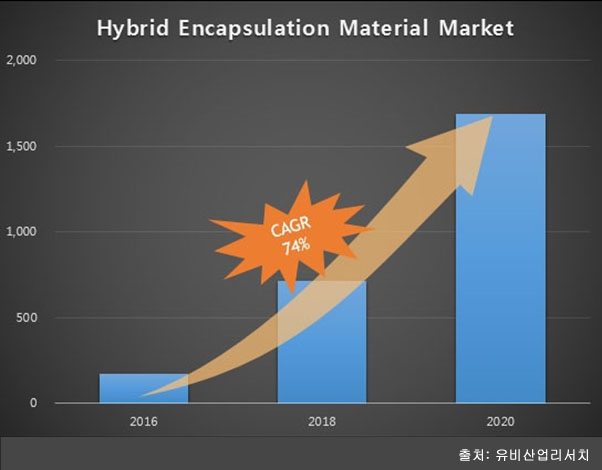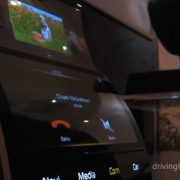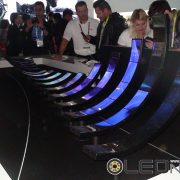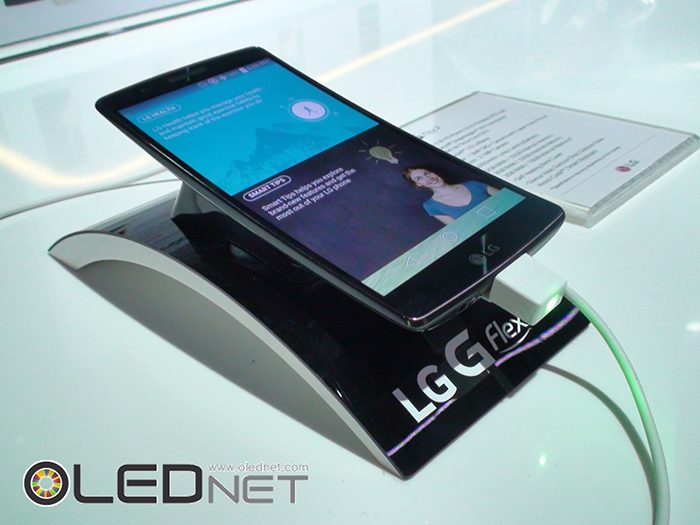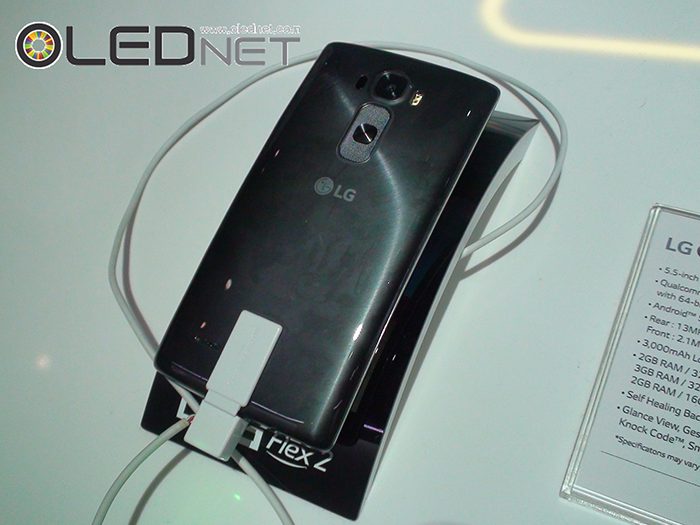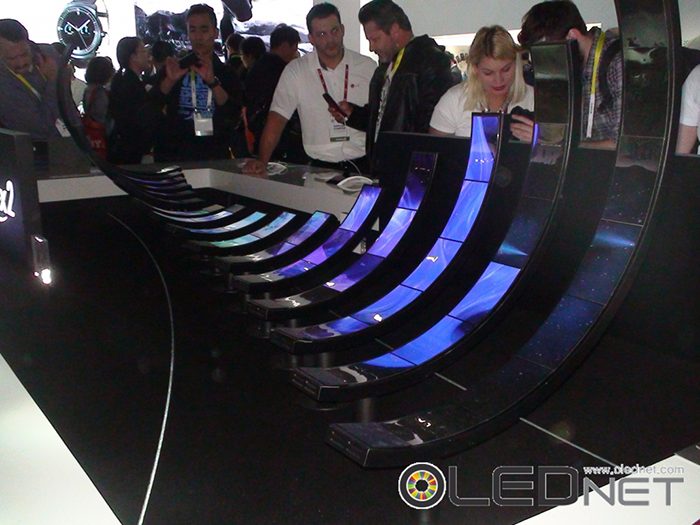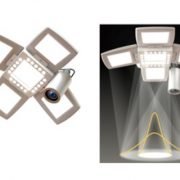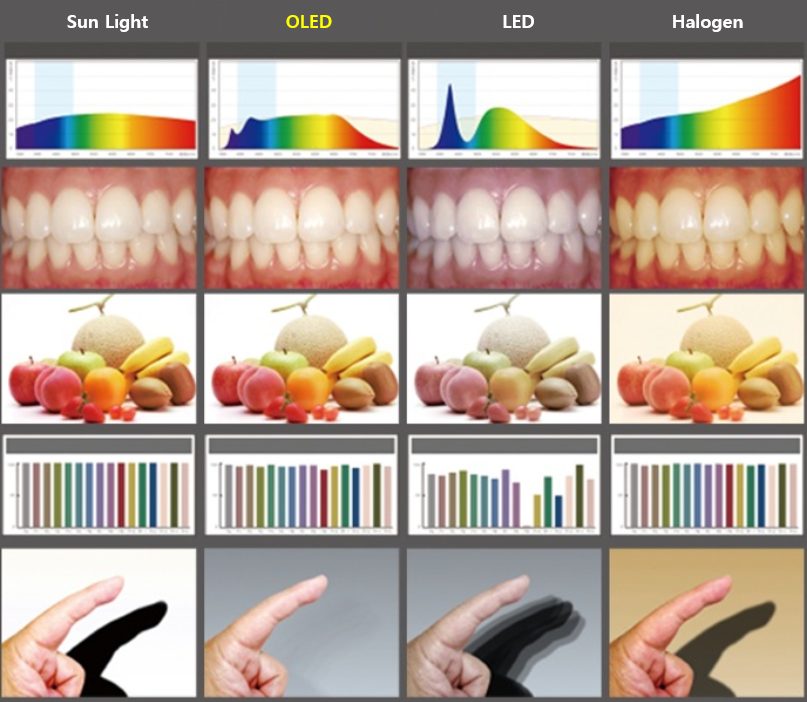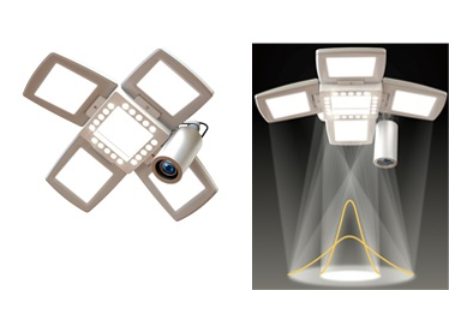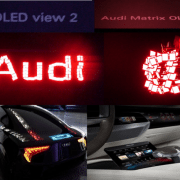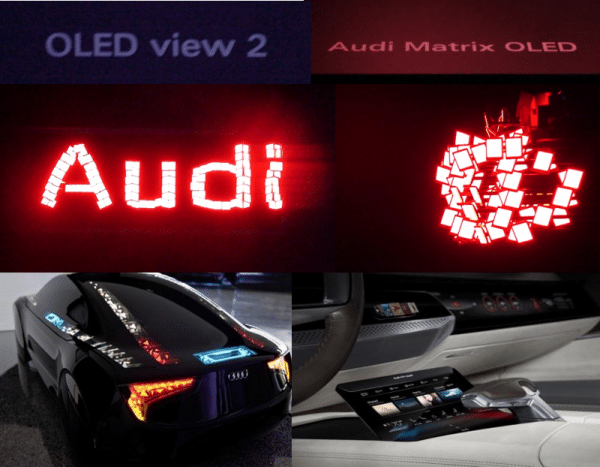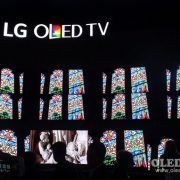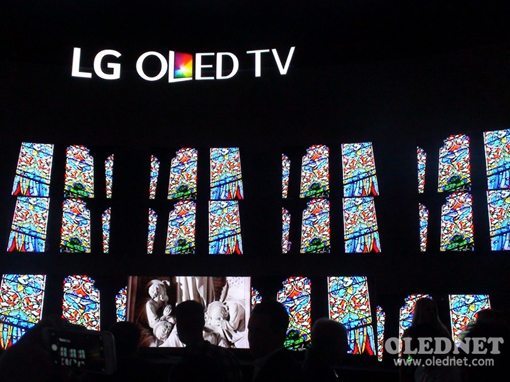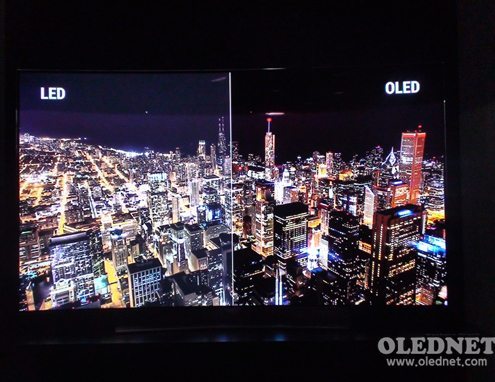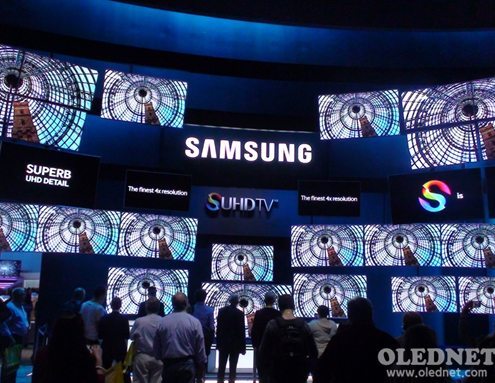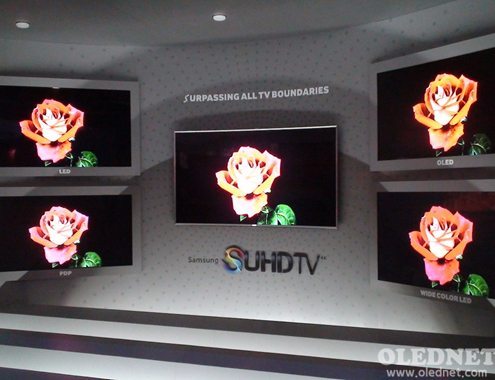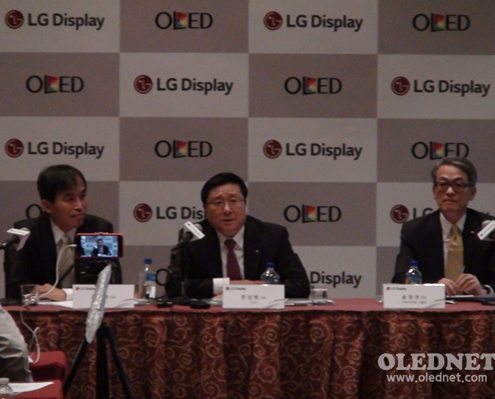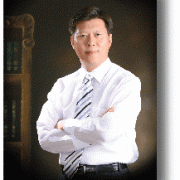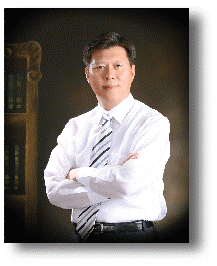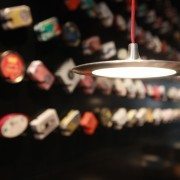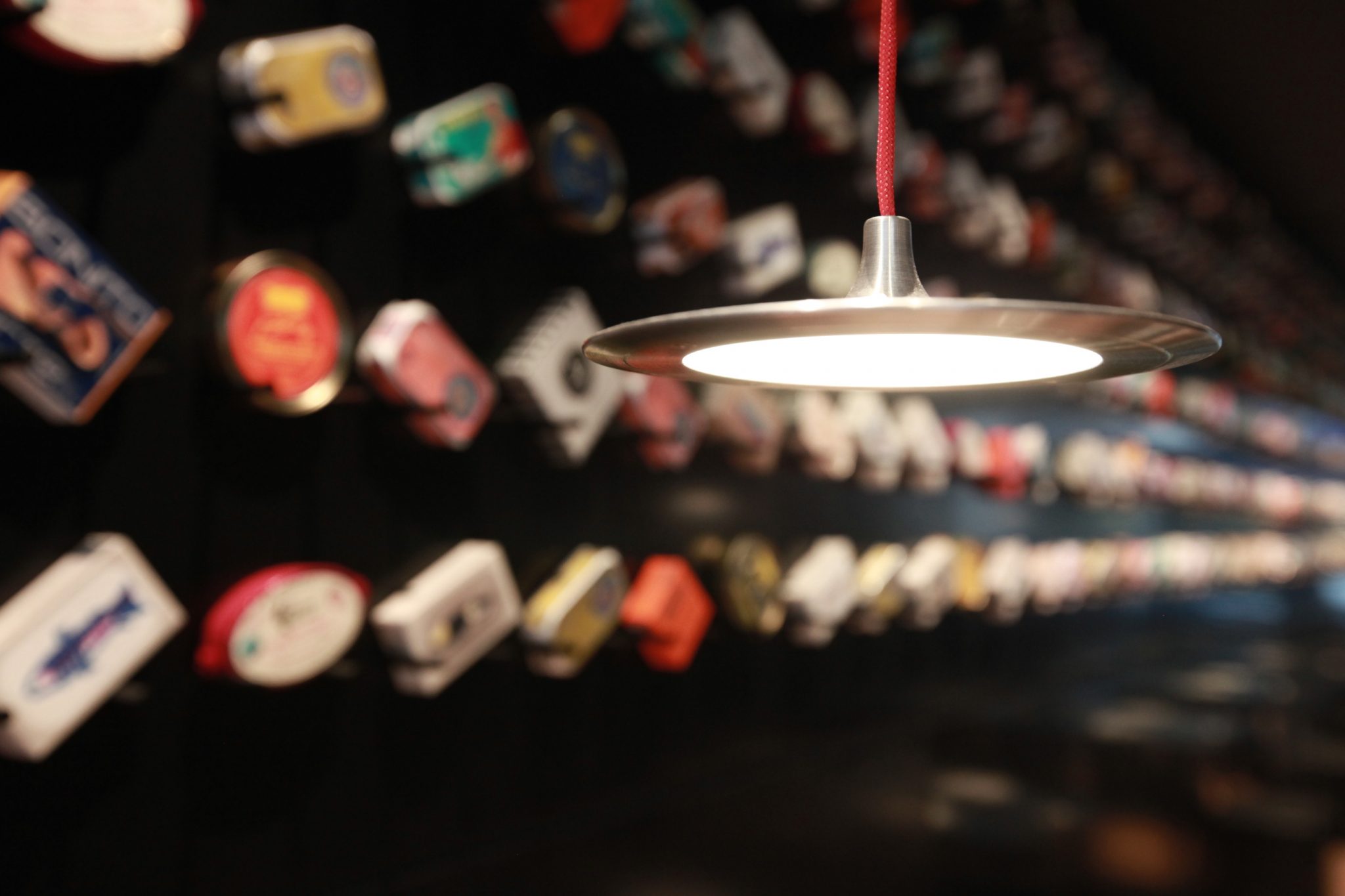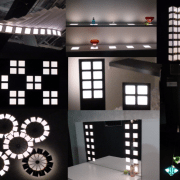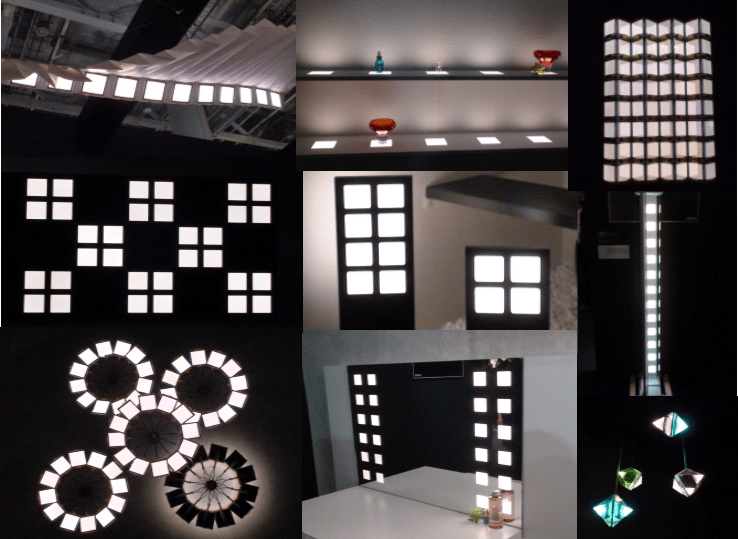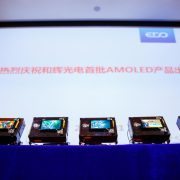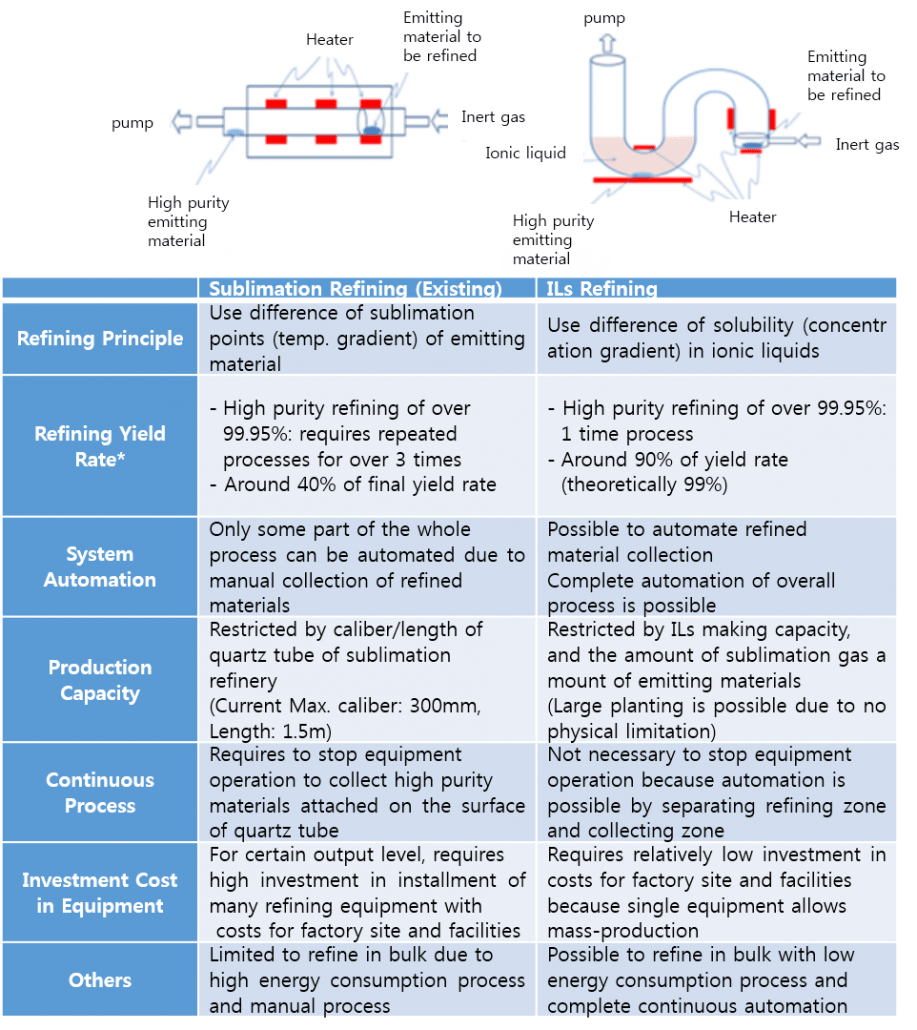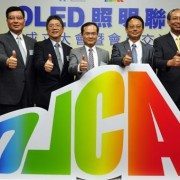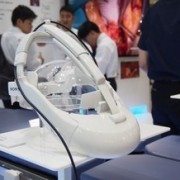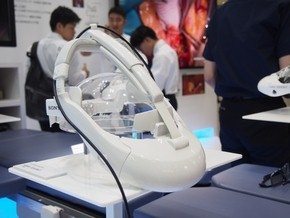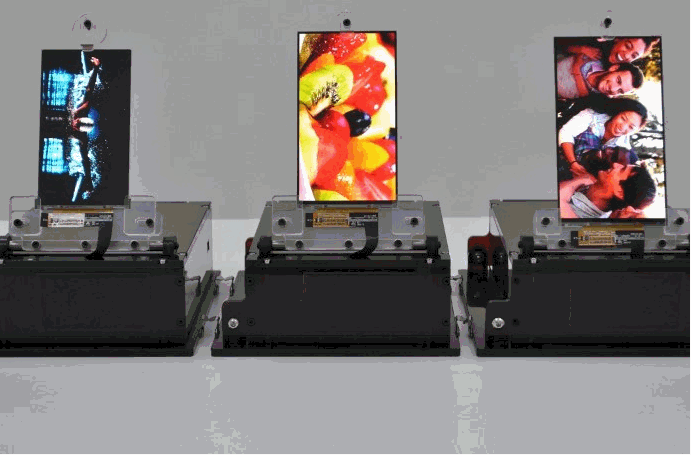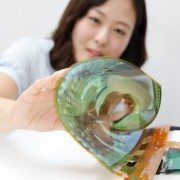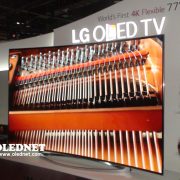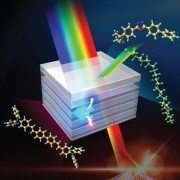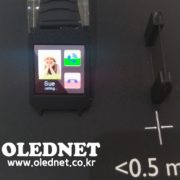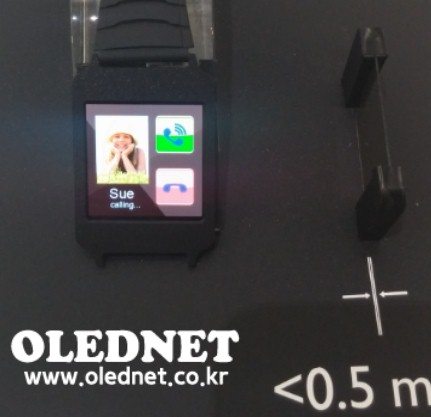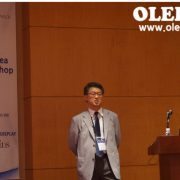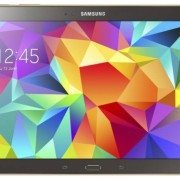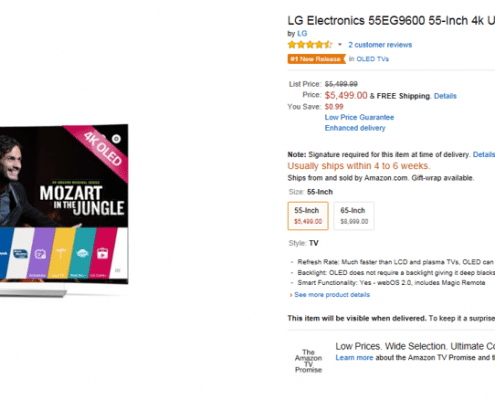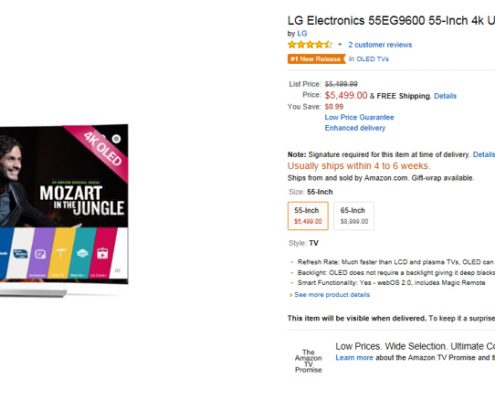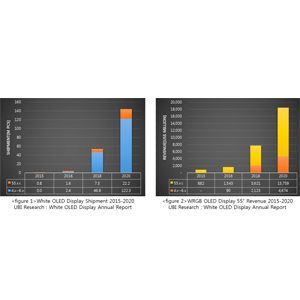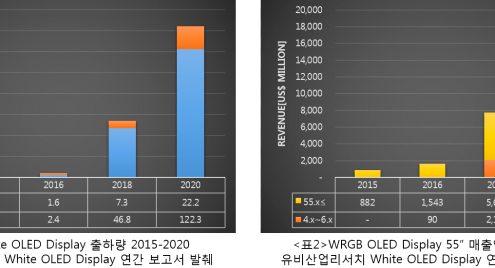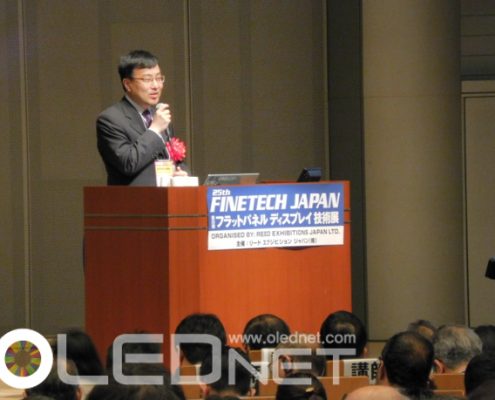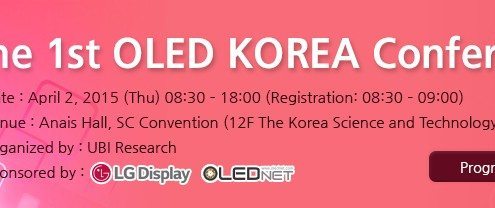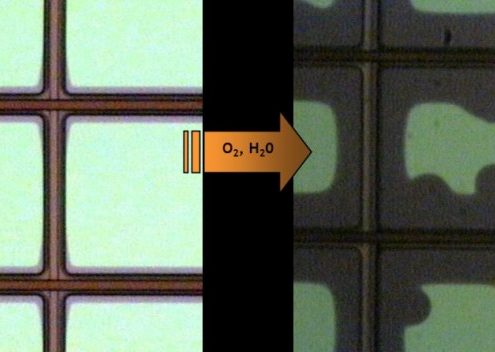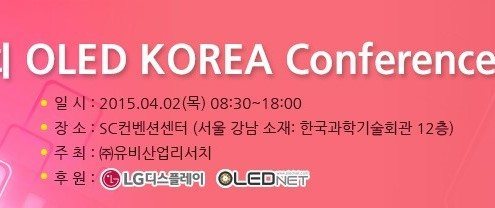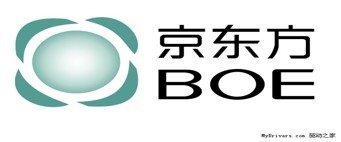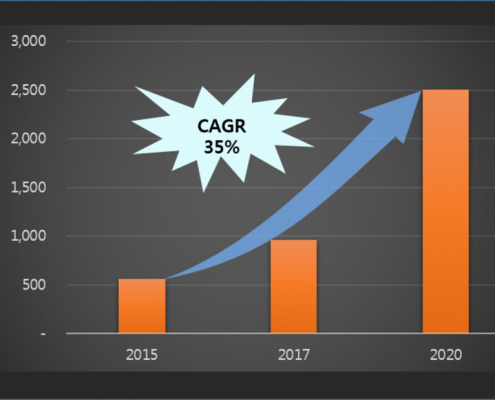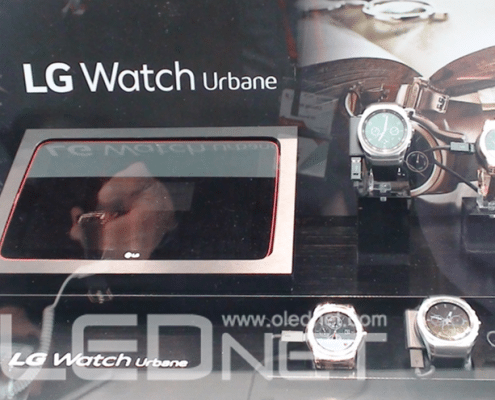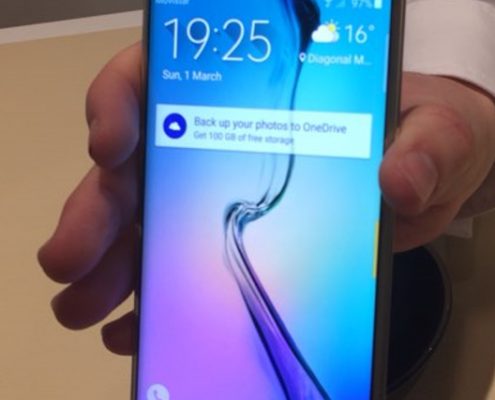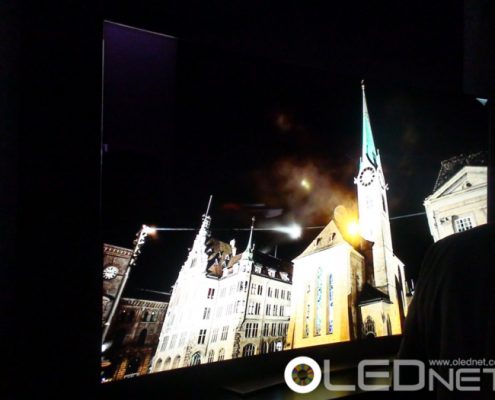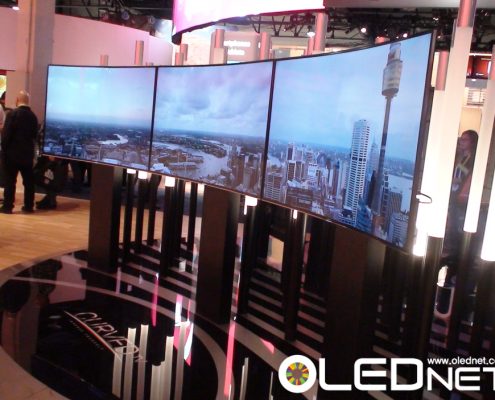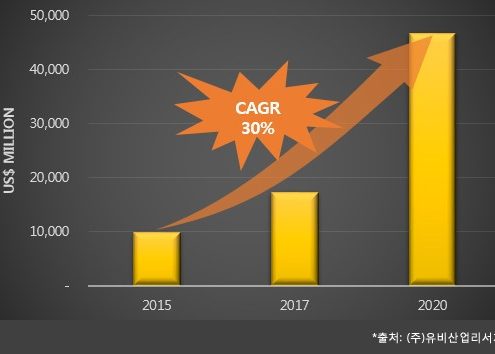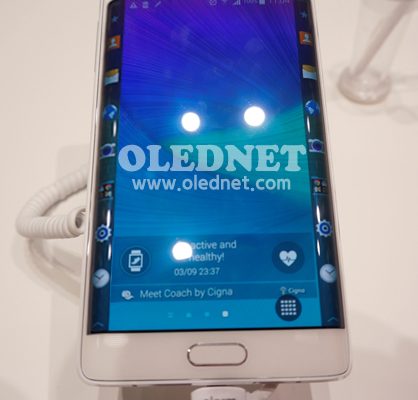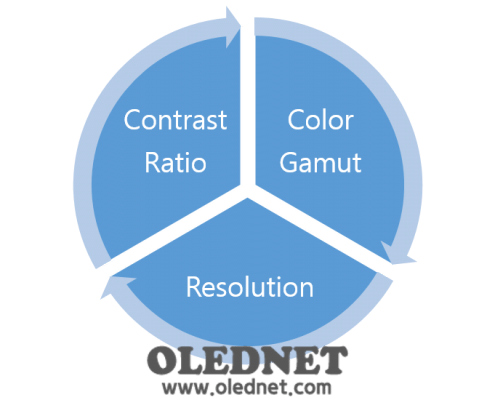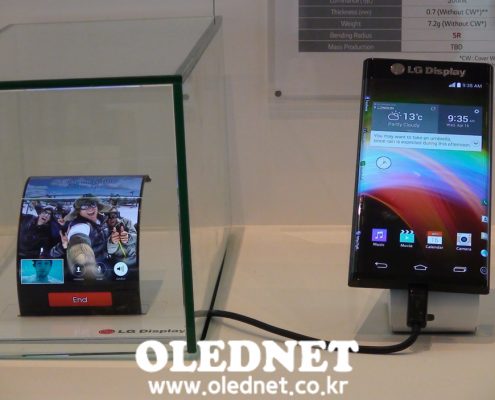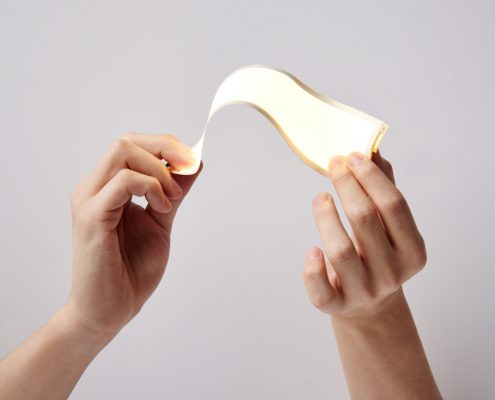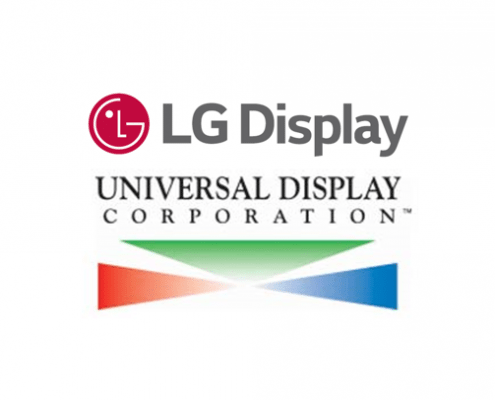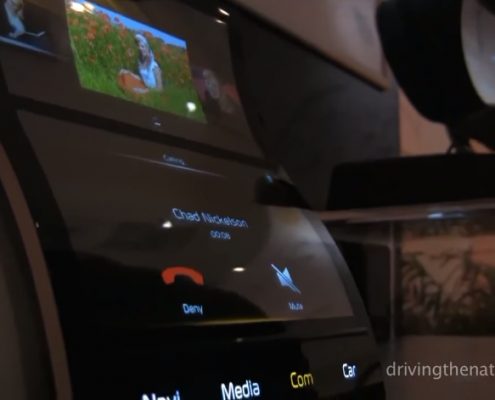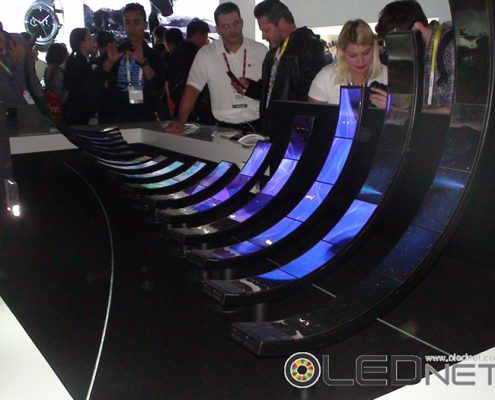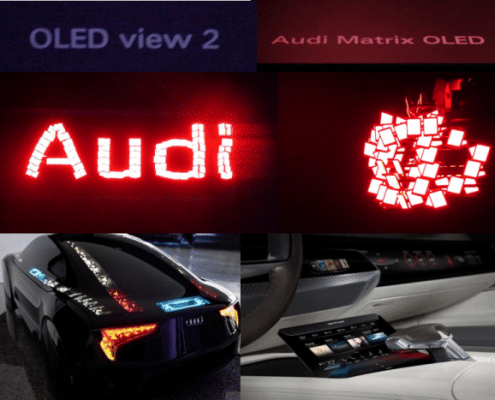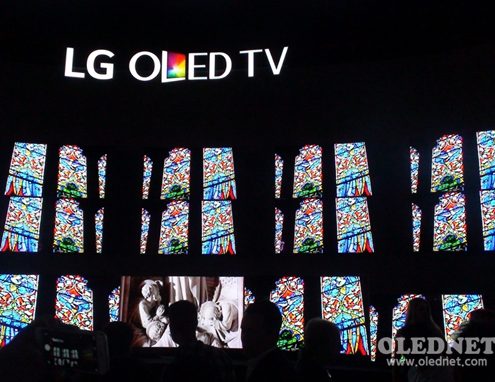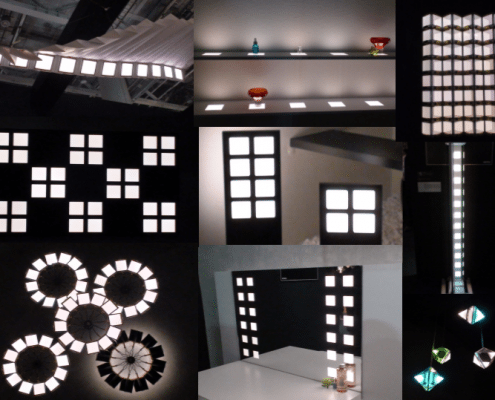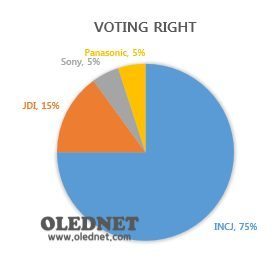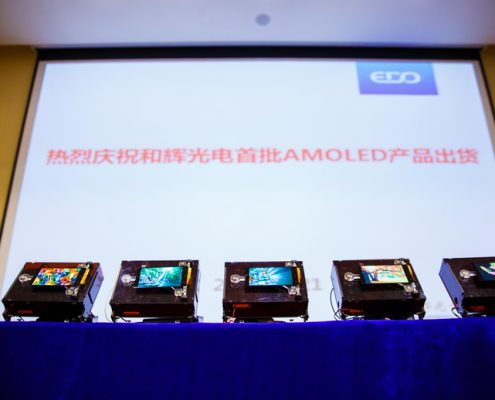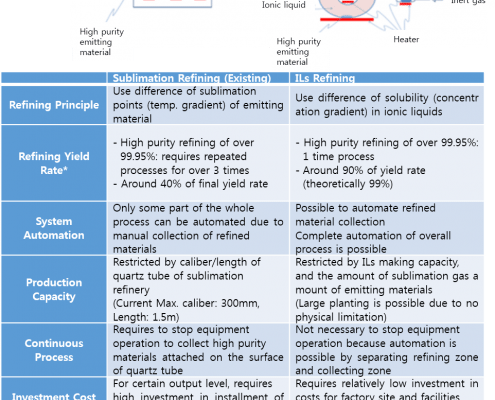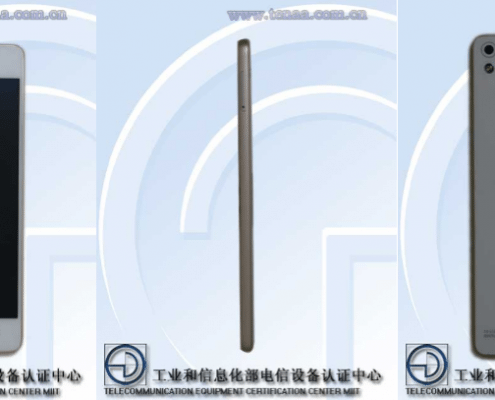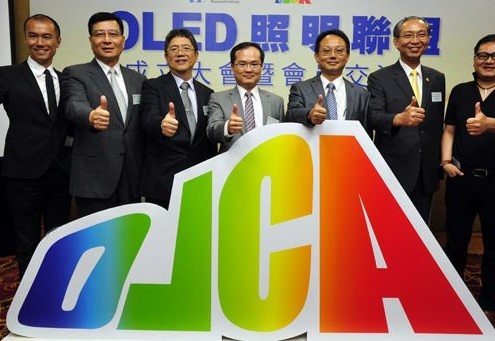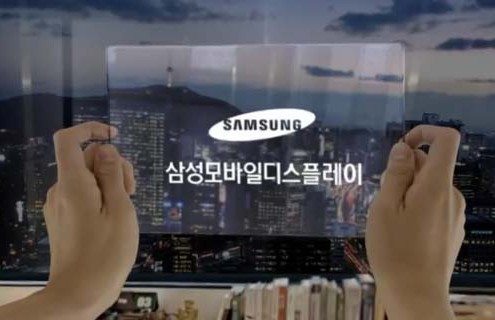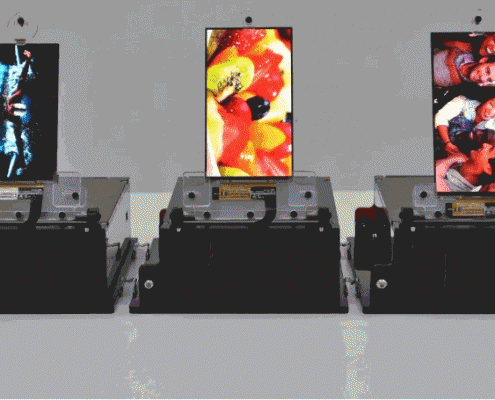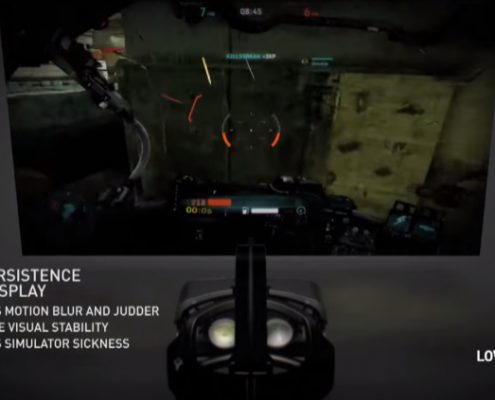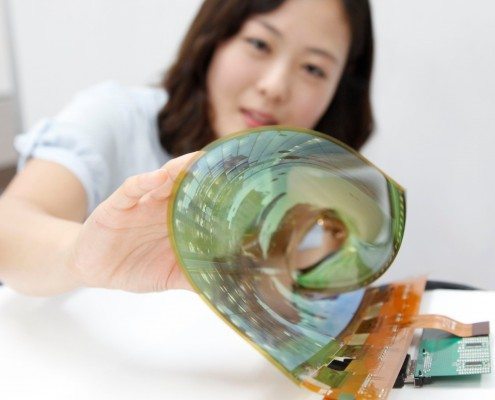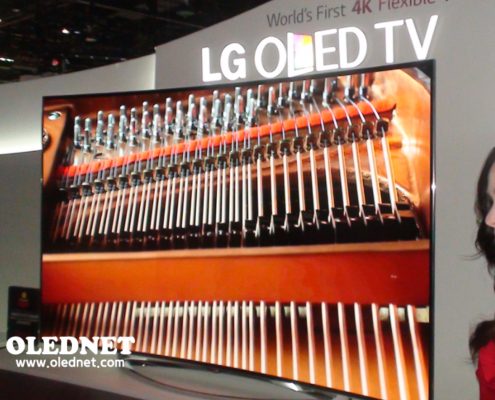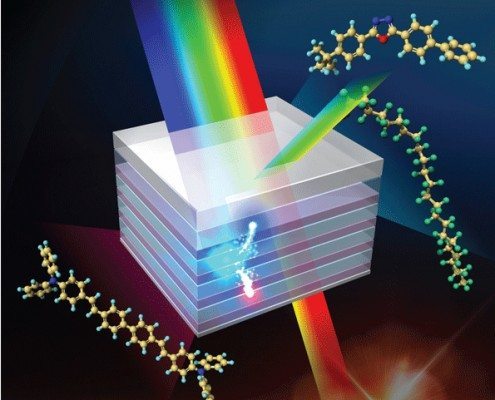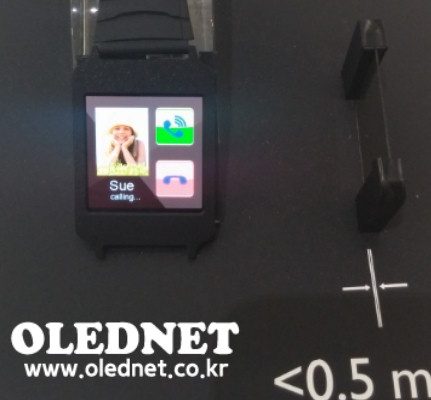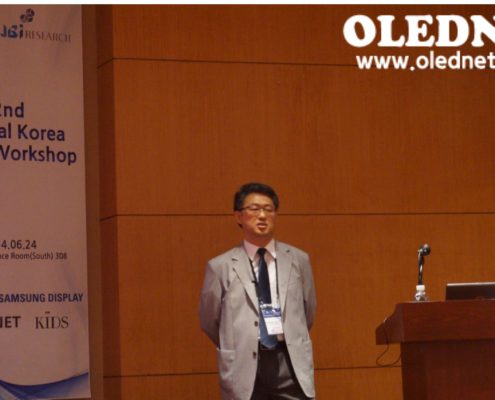UBI Research, a market research organization specializing in OLED, is organizing Korea’s first OLED international business conference in the Korea Science and Technology Center in Gangnam on April 2. Despite the fact that Korea is leading OLED industry, an international business conference has never been held until now. OLED panel has been produced and sold but there has been no international OLED industry network centering on Korea.
In order to add software for the continued growth and development of hardware focused Korean OLED panel industry, UBI Research is gathering OLED experts from all over the world in one place.
Being held for the first time this year, OLED Korea’s core key word is “Future of OLED”. Dr. Ki-Yong Lee, the vice president of Samsung Display will give a keynote speech and analyze OLED’s past and present, which has been led by Samsung, and forecast its future. LG Display also has presentation ready regarding OLED TV’s future. As the only display company leading OLED TV business, there will be a talk on their position, and detailed introduction on what is to come. Visionox and Tianma are also introducing their OLED panel and technology that are being developed. Future OLED panel production technology trends can be understood from these 4 companies. Additionally, Japanese Analysis Atelier Corporation’s Dr. Hattori will introduce Japan’s OLED display and lighting OLED industry direction.
Dr. Choong Hoon Yi, president of UBI Research that is organizing OLED Korea, is expected to give a presentation on society that will transform along with OLED under the title of “The Future of OLED”. Based on his experience of planning and developing OLED project, a pioneer in Samsung SDI, and responsible for the beginning of current Samsung’s OLED business as well as 15 years of OLED market research and consultation, Yi will be speaking about how OLED will transform our society. Dr. Yi built OLED section within Korea Display Industry Association, led OLED standardization and cooperation between different businesses, and first developed hybrid encapsulation technology which is being used by LG Display for OLED TV mass production. With this OLED technological background, technology research, and expert knowledge on market forecast, Yi will present a course for OLED industry.
OLED Korea also has presentation by Korean and international equipment and material experts. Dr. Myungwoon Choi, a research director of YAS, who pioneered production of LG Display’s M2 line Gen 8 evaporator will reveal the core technology for the first time. Doosan’s Dr. Tae Hyung Kim who has been mobilizing OLED emitting material business for the past 10 years will give a presentation on OLED emitting material technology and trends. Within material sector, Dr. Chung-Seok Kang, vice president of KCRP (Kolon Industries) will speak on substrate material which is vital for future OLED market leading flexible OLED production. Furthermore, Dr. Tae-Won Kim, principal researcher in Korea Institute of Industrial Technology, will introduce purification technology. Dr. Kim independently developed technology that can efficiently produce OLED emitting material. Shinya Higashio of Japan’s Oswell, a company specializing in moisture proof technology, will discuss cutting edge equipment and technology that can measure moisture penetration.
ETRI, which first developed OLED luminous technology in Korea and moving the technology, will give a presentation regarding OLED lighting technology based on their experience. Dr. Jeongno Lee, who is developing OLED panel in Samsung SDI and leading Korean Display National Project, will introduce OLED R&D support situation and how much the current Korean government is interested in OLED industry. Dr. Lee is also a world class standardization expert who held a president position for International Organization for OLED Standardization.
Seoul National University’s Prof. Changhee Lee is expected to speak regarding QD technology which is estimated to be biggest rival technology of future OLED. Prof. Lee is the leading academic expert in OLED sector, and initiated OLED emitting material business in LG Chem, and Korea’s first expert in while OLED technology. Prof. Lee is also a world leading expert in OLED standardization. He established OLED branch within IEC, an international standards and conformity assessment body, and was its first chairperson. He also spent much effort so that Korea could become a leader in OLED technology industry.
OLED industry’s foremost expert in investment, Jung Hoon Chang, a senior analysis of Samsung Securities, is expected to talk about OLED industry’s competitiveness and market forecast. As Korea’s leading expert in various companies’ performance research and analysis in OLED industry, Jang will suggest investment direction for future OLED related industry.
